An Overview of Design in Web3
Over the last two decades we’ve seen the role of “web designer” evolve twenty directions into distinct design disciplines. Our experiences with web 2.0 products today, by and large, are very smooth. With the current state of product design, it’s hard to remember a not-so-distant past where user experience needed to be advocated for in the world of technology.
If it’s surprising that the world of software used to be completely unusable for the general public, it’s because we take for granted the life work of many pioneers.
The New Chapter of the Internet Is Beginning The Same Way as The Last
We are living through the next chapter of “Software is Eating the World” (Marc Andreesen) or, the title I prefer “Digitizing Everything” (Jonathan Alexander, CTO of OpenZeppelin)… And we are seeing history repeat itself in multiple ways. It certainly is for product design.
There is no question that web3 has an abundance of talent in visual design and art. The NFT industry has exploded and several blockchain ventures have dazzling branding assets and websites. Here we are focused on the science behind human usable software, the user interfaces on top of the protocols, and how to hide all of the scary stuff from the user so that they can feel in control getting done the job that the product is intended to perform.
“Web3 UI Will Suck for a While”
We’ll get to the origin of that quote later. For now, here’s what the General Partner at the most invested VC firm in crypto, a16z, had to say about things.

Lest you point out that this tweet was made over four years ago and things may have improved, five months ago the Design Lead at Advanced Blockchain AG, said that “the average DeFi app has a UX maturity level somewhere between “user hostile” and “developer centered” (between steps 1 and 2):

Here’s what one of the most impactful entrepreneur/investors in tech recently tweeted in response to Ethereum cofounder’s point:
“Sometimes You Have to Let it Break”
Larry Tesler is the inventor of several user interface conventions - like copy and paste, which he introduced while working at Xerox Parc. He was recruited by Steve Jobs and defined more design conventions that set industry standards we see in all kinds of software products, regardless of brand. Reflecting on the decades of experience he has watching teams, companies, and entire industries, he said,
Sometimes you have to let it break.
As in, some lessons will not be learned by the group consciousness by trying to convince others. They will only be ready to learn the lessons for themselves after their failure is abundantly obvious.
While Larry Tesler was VP of Engineering at Amazon, he worked with a Customer Experience Team Manager named Tamara Adlin. Adlin has since become an influencer within the field of UX and, more recently, worked with several web3 projects. She echoes the wisdom of her previous supervisor regarding working with early web 2.0 engineers by summarizing the state of working with web3 engineers this way:
It’s too early to try to win [their] hearts and minds... First, they have to fail for themselves.
This was published two months ago in her article titled Web3 UI Will Suck for a While. The idea is that, for many reasons, not much can be done at the moment.
Well, I would rather not wait.
And I know there are others like me.
Subscribe to this Web3 Usability Substack and follow @Web3Usability for expert insights on building web3 products that work for people.


